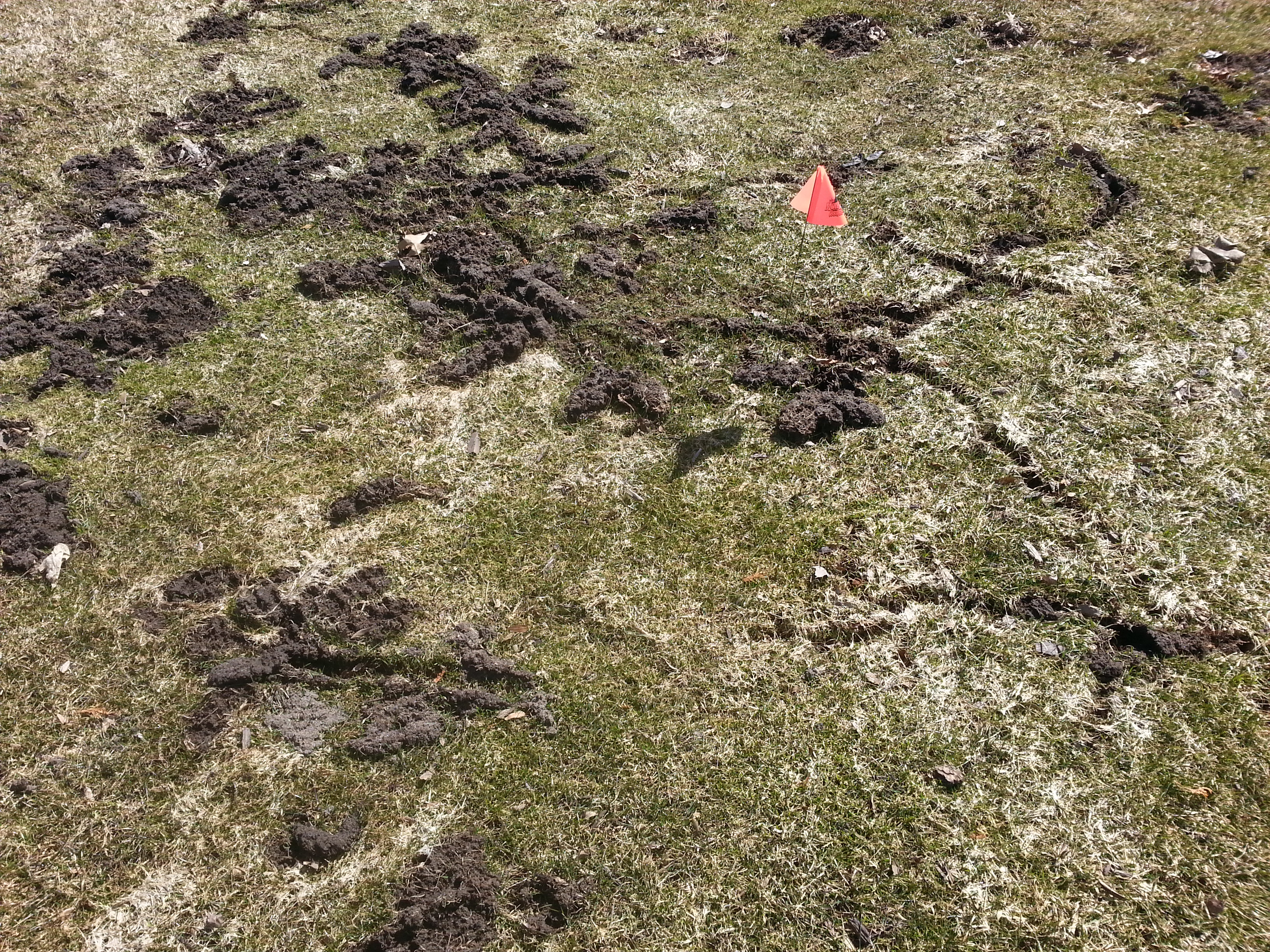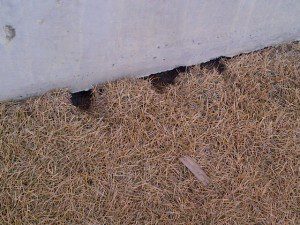Professional Techniques for Vole Control and Avoidance
Professional Techniques for Vole Control and Avoidance
Blog Article
Releasing the Power of Vole Insect Control: Advanced Techniques for Infestation Eradication and Therapy
As the persistence of vole problems continues to test home proprietors and farming experts alike, the quest for extra effective and effective pest control techniques heightens. By checking out advanced capturing strategies, tactical exclusion techniques, environmentally friendly repellents, and incorporated bug management options, a promising perspective emerges in the fight versus vole infestations.
Vole Parasite Identification and Analysis
Voles, tiny rats that look like computer mice however have shorter tails, are typically determined insects in lawns and yards, requiring detailed analysis to establish the level of their problem. Recognizing voles entails identifying their distinctive functions, such as their stocky bodies, brief legs, and little eyes. They are normally around 3 to 9 inches long and can differ in color from grey to brownish.
Analyzing vole problems is critical for carrying out efficient bug control methods. Indications of vole presence consist of paths in grassy areas, harmed plant life, and tiny burrow openings near the surface area. By examining these signs, homeowner can determine the intensity of the problem and design ideal obliteration approaches.

Cutting-Edge Capturing Strategies
Efficient vole pest control demands remaining abreast of the most recent developments in trapping techniques to efficiently take care of invasions in gardens and backyards. Conventional approaches like snap traps and adhesive boards have their constraints, leading researchers and bug control specialists to develop even more humane and effective trapping strategies. One cutting-edge technique is the use of live catches that catch voles without causing injury, enabling their secure elimination and release in an ideal environment far from residential areas. These traps are developed to lessen anxiety on the recorded voles and are multiple-use, making them environmentally friendly and affordable over time.
One more ingenious capturing method includes the usage of digital catches that supply a quick and gentle electrical shock to get rid of voles instantly. These catches are made to be secure for usage around family pets and children while providing a highly effective technique of vole control. In addition, some digital catches are outfitted with sensing units and remote surveillance capacities, enabling home owners to track vole task and catch condition from a distance, enhancing the overall performance of vole pest control initiatives. By including these sophisticated trapping techniques into parasite administration strategies, property owners can tackle vole infestations with precision and concern.

Strategic Exemption Techniques
Carrying out strategic exclusion techniques is necessary in avoiding vole problems and securing yards and backyards from damage brought on by recommended you read these parasites. One reliable strategy is the installment of hardware towel obstacles. These barriers should be buried a minimum of 12 inches deep and rise 6 inches in the air to stop voles from delving underneath or climbing over them. Additionally, trimming bushes and trees to preserve a clear room in between the plants and the ground can help in reducing vole sanctuary and hiding areas.
One more essential exemption method is the usage of gravel or rock mulch instead of natural compost. Voles are less most likely to passage through rough terrain, making this a less appealing setting for them. On a regular basis inspecting the border of the garden or yard for spaces in wall surfaces, fences, or structures is important. These entrance factors ought to be secured with materials like concrete or metal blinking to stop vole accessibility.
Eco-Friendly Repellents and Deterrents
Utilizing eco-friendly repellents and deterrents is a sustainable method to taking care of vole populations and decreasing damage to yards and backyards. Eco-friendly alternatives are getting popularity as a result of their effectiveness in repelling voles without triggering harm to the atmosphere, pets, or helpful wildlife. One typical green method is utilizing all-natural vole repellents such as castor predator, garlic, or oil urine, which develop unpleasant scents Resources for voles, driving them far from dealt with areas.
One more green deterrent is using physical barriers like cord mesh or hardware fabric to shield prone plants and light bulbs from vole damage. These barriers act as a preventive action against vole invasion while permitting correct oygenation and drainage in the dirt.
Additionally, presenting vole killers like owls or setting up nest boxes can assist naturally control vole populations in a yard or backyard. By urging all-natural killers, a well balanced community can be preserved without the need for damaging chemicals or catches. Overall, integrating environmentally friendly repellents and deterrents in vole bug control methods advertises lasting and eco mindful techniques.
Integrated Parasite Monitoring Solutions
An all natural strategy to taking care of vole populaces and mitigating damage in yards and lawns involves the comprehensive strategy of Integrated Pest Management Solutions. Integrated Pest Administration (IPM) incorporates numerous strategies to address vole infestations properly while minimizing ecological impact. This approach integrates biological, cultural, physical, and chemical control methods to achieve lasting bug control.
One trick facet of IPM is the focus on prevention. By implementing actions such as environment modification, exemption methods, and maintaining correct yard hygiene, homeowners can develop environments much less for vole habitation. Additionally, organic controls, such as presenting natural killers or using vole-resistant plant selections, can assist manage vole populaces without turning to chemical interventions.
This reduces the total pesticide tons on the ecosystem while efficiently taking care of vole populations. By embracing Integrated Pest Administration Solutions, home owners can accomplish lasting vole insect control while promoting ecosystem health and wellness in their backyards and yards.
Final Thought
In conclusion, the innovative methods for vole pest control discussed in this post supply effective solutions for problem removal and treatment. These approaches use an extensive approach to vole parasite control for lasting success.
As the determination of vole infestations proceeds to test home proprietors and agricultural professionals alike, anchor the pursuit for much more efficient and effective bug control methods escalates. In addition, some electronic catches are geared up with sensing units and remote monitoring capabilities, allowing property owners to track vole task and trap standing from a distance, boosting the overall efficiency of vole pest control initiatives. One common green method is making use of natural vole repellents such as castor oil, killer, or garlic pee, which create undesirable aromas for voles, driving them away from treated areas.
In addition, introducing vole predators like owls or mounting nest boxes can assist normally control vole populations in a garden or backyard. By adopting Integrated Insect Monitoring Solutions, property owners can accomplish lasting vole pest control while promoting environment wellness in their lawns and yards.
Report this page